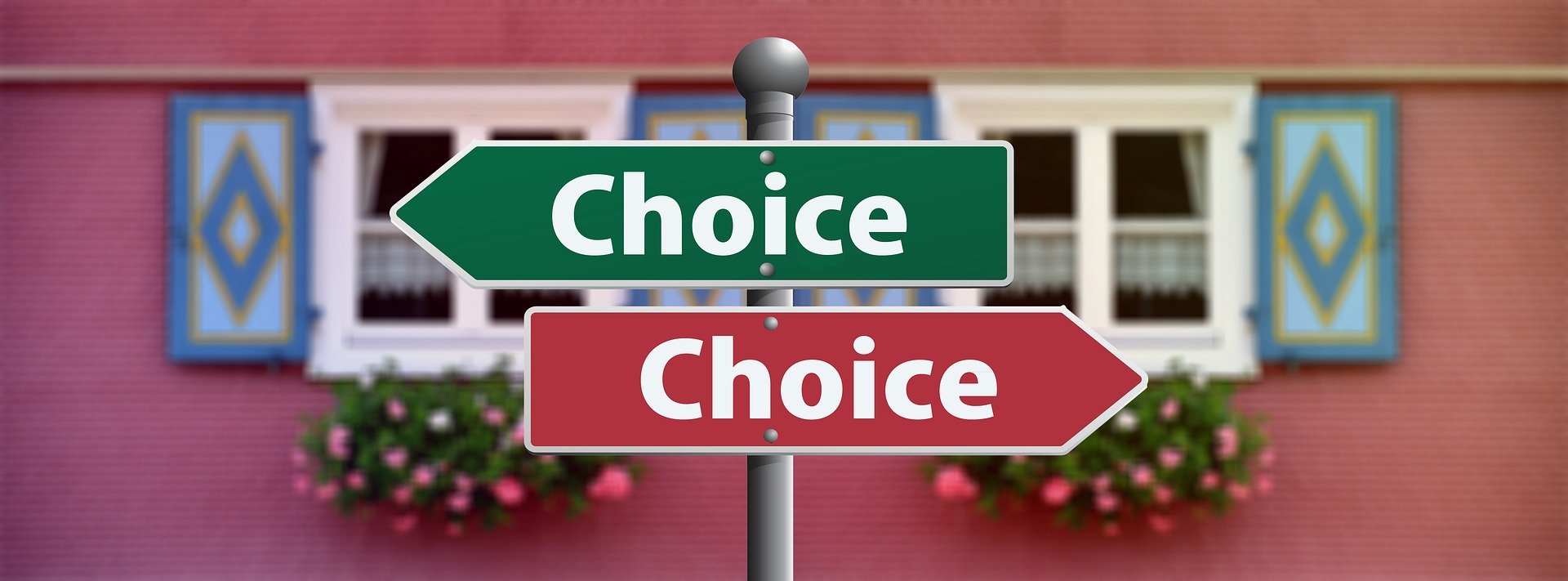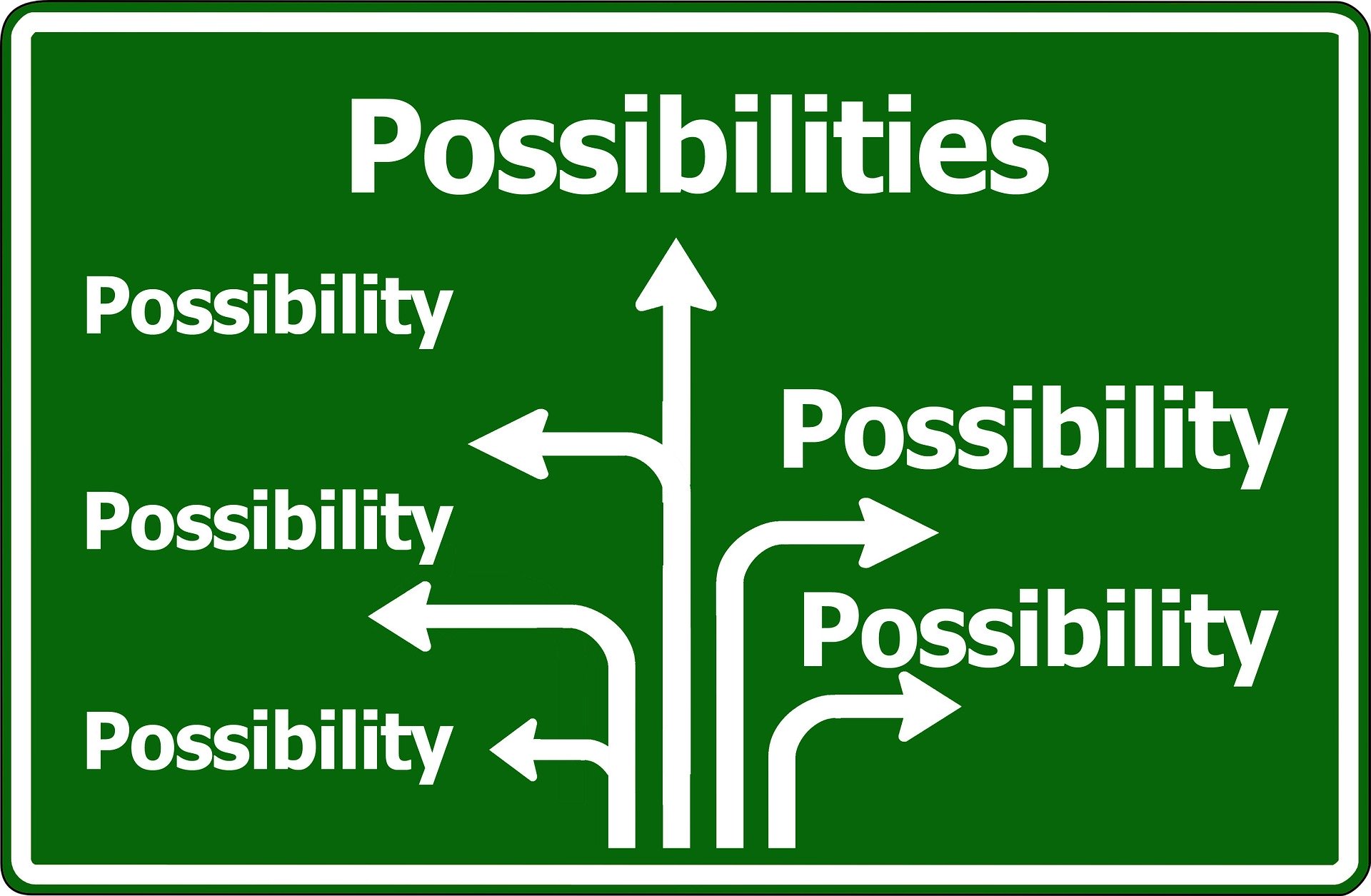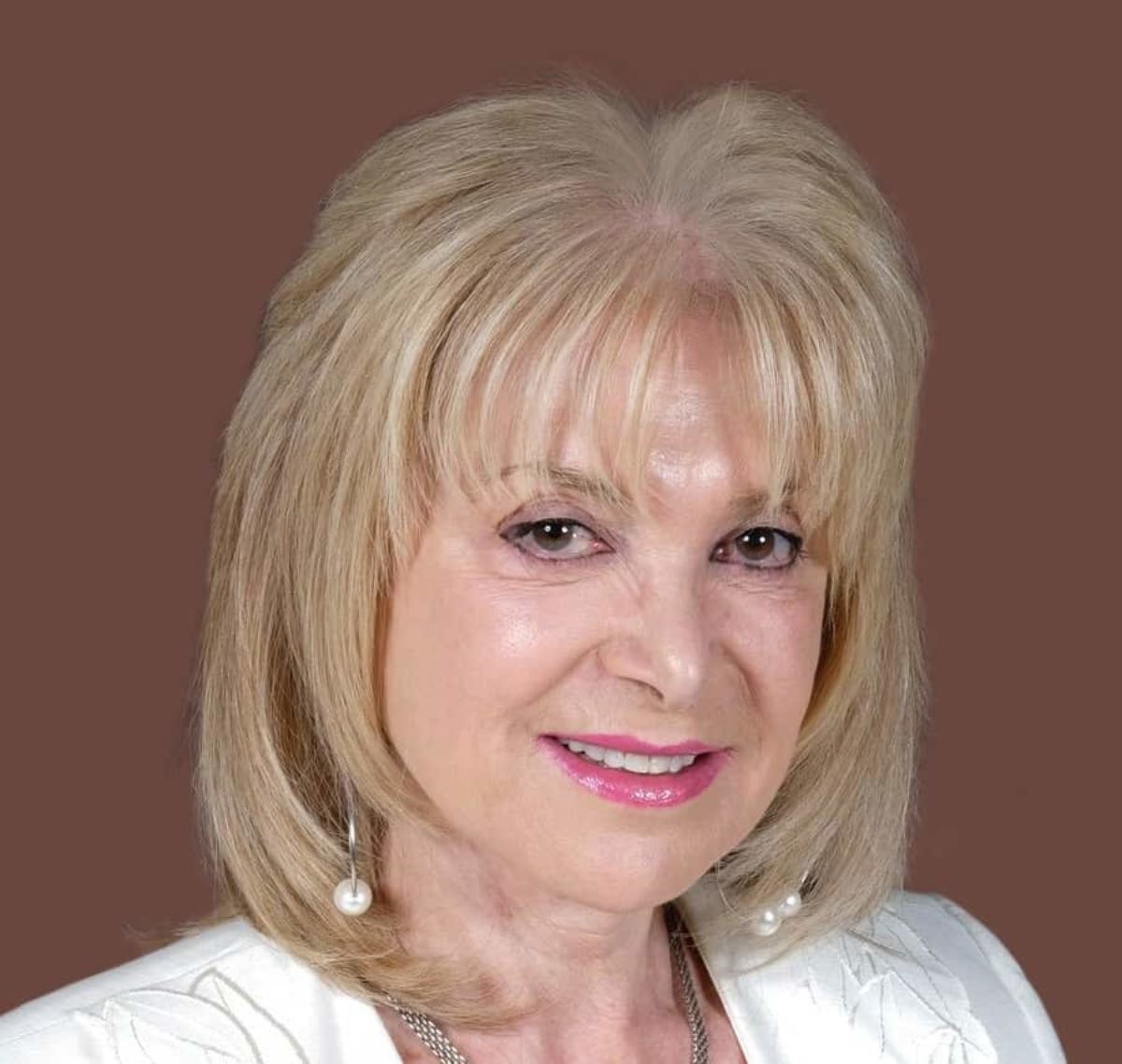The skill level of our thinking is a significant factor in the quality of our outcomes yet learning to think more effectively can prove puzzling , taxing and frustrating at times. How then do we develop a graduated level of competence in that area in the key areas of our lives?
How successfully we get to that peak flow of thought, decision making and the behavioral execution of strategy is the assignment and challenge.
It takes more to accomplish this strong mental programming than what many motivational speakers claim and teach, says Rosalene Glickman, Ph.D., CEO, executive coach and performance optimization expert at optimalthinking.com.
“Many well-known positive thinking gurus were claiming that peak performance is achieved when we think positively, display courage, persistence, and self-reliance,” she says. “They suggested techniques for setting goals, managing time and relating to others in order to arrive at peak performance.”
Yet Glickman knew that was insufficient.
“While these qualities and various techniques are ingredients for success, I reasoned that what is essential for peak performance is peak or Optimal Thinking,” she says. “I asked myself ‘does applying paint over rust remove the rust?’ ‘Why settle for continuous improvement?’ ‘What would it take to create continuous optimization?’”

From those questions came the answers and insight that proved to be the catalyst for what could become the foundation for more reliable, accomplished, ideal decision making.
“I then began to formulate Optimal Thinking: the language of our best self, the mental basis of peak performance,” Glickman says. “Clearly, when the cost of failure is high, optimism is the wrong strategy. Instead, optimal thinkers focus on the most constructive actions to achieve the best outcome and best prepare for the worst outcome.”
Risk management and best decisions within conflict, adversity and crisis also was a point where she knew she could help executives and organizations.

“We don’t master life by being dealt the best hand, but, instead, by making the most of the hands we’re dealt. This realistic style of thinking empowers individuals and organizations to be their best,” Glickman says.
Optimal Thinking, to her, could be more than continuous improvement, it could be optimization on a micro and macro level.
To get to that mindset and consistently, Glickman created an outline of a belief system and practice:
Every thought is creative.
Choose to be your highest and best self, regardless of the circumstances.
The language of your highest and best self is Optimal Thinking.
Every situation, even a disaster, is an opportunity to be your best.
Creativity, even if someone doesn’t see themselves as possessing that skill, is the standard, as is the expectation to develop the highest-level thinking. Adversity, crisis or scandal is not to be seen as overwhelming.
“Accept what is out of your control, and optimize what is within your control,” Glickman says.
“Ask the best questions to invite the best answers.”
Those ‘best questions’ according to Glickman could be “‘What’s the best use of my time right now? How can I make the most of this situation? What’s my greatest source of inspiration?’”

Three strategies she coaches and trains that can help executives and organizations achieve the highest level of thinking are to “consciously choose optimal thinking, monitor yourself and overcome core limiting beliefs.”
When it comes to monitoring oneself, Glickman has a simple technique to implement.
“Stop, then ask yourself, ‘Is this in my best interest?’ If it is, carry on. If it isn’t, ask yourself, ‘What is in my or our best interest?’ and do that instead.”
Overcoming core limiting beliefs can prove arduous and even an unwanted task yet it can be done and is the figurative door we have to learn to open and walk through to get to where we want to go.
“Henry Ford said,” she says, ‘If you believe that you can do a thing or if you believe you cannot, in either case, you are right.’”
“Most of us don’t consciously choose our beliefs,” Glickman says. “They are often based on interpretations of past experiences and information we’ve received from respected sources. Our beliefs vary in intensity and have the power to make us or break us.”
In essence, she says, the most successful thinking allows for personal development, gain and protection.
“With unwavering commitment, you can maximize the power of the beliefs that strengthen you and neutralize those that weaken you,” Glickman says.
Perseverance and focus become catalysts to developing a more powerful, reliable mind.
Her findings have proven to her that “once you have a formula to reproduce optimal thinking, you can do it consistently. Like learning to drive a car, with practice, using optimal thinking consistently can become automatic.”
Four stages can move someone’s mental programming in the correct direction and away from what is unwanted.
Stage 1
“At first, we’re unaware of our incompetence. ‘I don’t know what I don’t know.’ We’re not even aware of optimal thinking,” Glickman says.
Stage 2
We become aware of where we are not as competent as we believe or where we might be, as difficult as it is to accept, possibly incompetent.
“‘I know what I don’t know.’ We learn about this peak form of thinking,” she says.
Our self awareness is now high.
Stage 3
“We become aware of our competence. ‘With practice, I am aware of increasing ability.’ As we practice, we notice when we’re using optimal thinking and when we’re not,” Glickman says.
Stage 4
“We become unaware of our competence. ‘Optimal Thinking is natural.’ It has become second nature. Just like driving, we do it automatically,” she says.
Learning how to think on a higher level, at our (new) best, one that we might not realize is possible, can prove exhilarating when we are developing the clarity and finding the answers that we once lacked or were afraid to pursue.
With improved understanding of how to think more optimally, asking better questions, providing ourselves smarter answers that are aligned with foresight and moral character, free of limiting beliefs or our former recklessness, we can develop the most strategic, proven process and put it into practice with diligence, exercising it with consistency.
The outcomes might positively surprise us.


